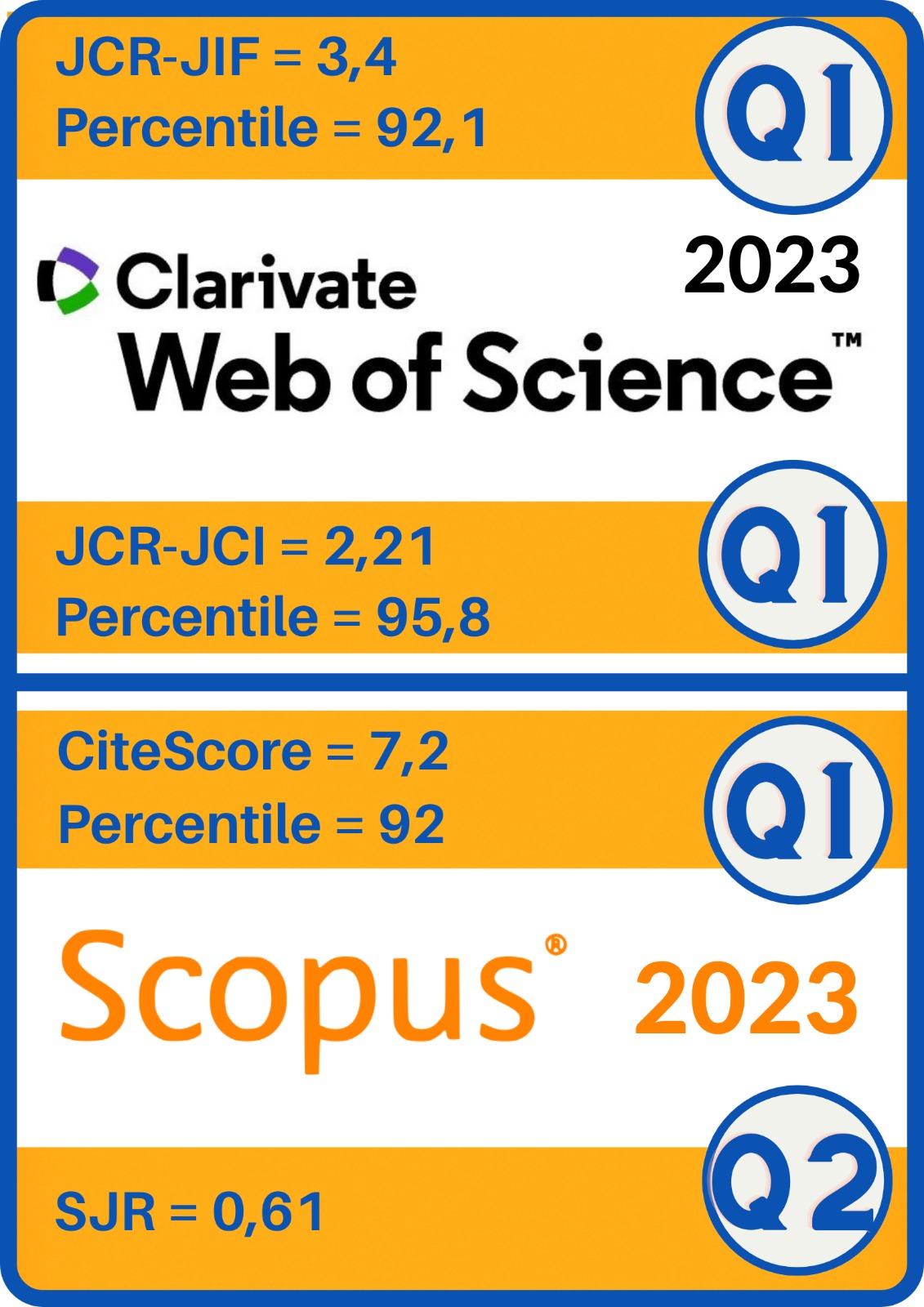
Submissions
Submission Preparation Checklist
As part of the submission process, authors are required to check off their submission's compliance with all of the following items, and submissions may be returned to authors that do not adhere to these guidelines.- All authors, by checking this box, make a committed declaration to fully comply with all points of the RIED Code of Ethics for Authors. The detection of non-compliance with even a single point results in the exclusion of the article, even if such detection occurs after publication.
- The author/s declare that the article fullfils all the Assessment Criteria required by RIED. (Avoid submitting an article if any requirement is not met).
- The article format matches the template required by RIED and is written in Microsoft Word.
- The author/s know the priority criteria for article publication. Useful criteria to self-assess the article, prior to its submission.
- The article complies with the requirements regarding citations, references ans style, as indicated in the Author Guidelines.
- On the OJS platform (RIED Web), all the data of all the authors (in the order in which they will appear in the article), their ORCID and brief biographical note are pre-filled, as required.
- If you are sending your work to a section from the journal where peer-revision is undertaken, you must make sure that the instructions in “Blind reviewing” have been taken into account, with the details of the author/s previously deleted.
- The author(s) agree to accept the author's rights policy and the Creative Commons license conditions of this journal.
- The authors undertake to provide a high-quality professional and academic translation into the second language within a period not exceeding one month, starting from the communication of acceptance of the article for publication.
Copyright Notice
The articles that are published in this journal are subject to the following terms:
1. The authors grant the exploitation rights of the work accepted for publication to RIED, guarantee to the journal the right to be the first publication of research understaken and permit the journal to distribute the work published under the license indicated in point 2.
2. The articles are published in the electronic edition of the journal under a Creative Commons Attribution 4.0 International (CC BY 4.0) license. You can copy and redistribute the material in any medium or format, adapt, remix, transform, and build upon the material for any purpose, even commercially. You must give appropriate credit, provide a link to the license, and indicate if changes were made. You may do so in any reasonable manner, but not in any way that suggests the licensor endorses you or your use.
3. Conditions for self-archiving. Authors are encouraged to disseminate electronically the OnlineFirst version (assessed version and accepted for publication) of its articles before publication, always with reference to its publication by RIED, favoring its circulation and dissemination earlier and with this a possible increase in its citation and reach among the academic community.
Privacy Statement
In accordance with the provisions of the General EU Regulation 679/2016 on Data Protection and current legislation, we inform you that the data provided in this document will be processed, as Data Controller, by the UNIVERSIDAD NACIONAL DE EDUCACIÓN A DISTANCIA.
The purpose of data processing is the management of the registry of readers and authors of the "RIED. Ibero-American Journal of Distance Education".
The legal basis for which your data is processed is consent.
Likewise, the data will be used to send information, by any means, about the purposes described above.
Your data will not be transferred or communicated to third parties, except in the cases necessary for the due attention, development, control and fulfillment of the expressed purposes, as well as in the cases provided, according to Law.
You can exercise the rights of Access, Rectification, Deletion, Limitation of treatment, Portability of data or Opposition to treatment before the UNED, C / Bravo Murillo 38, Data Protection Section, 28015 Madrid, or in any of the offices that you can find here, along with additional information and the form: Information Security Legal Policy Department, (www.uned.es/dpj) or through the electronic headquarters (https://sede.uned.es) of the UNED.






